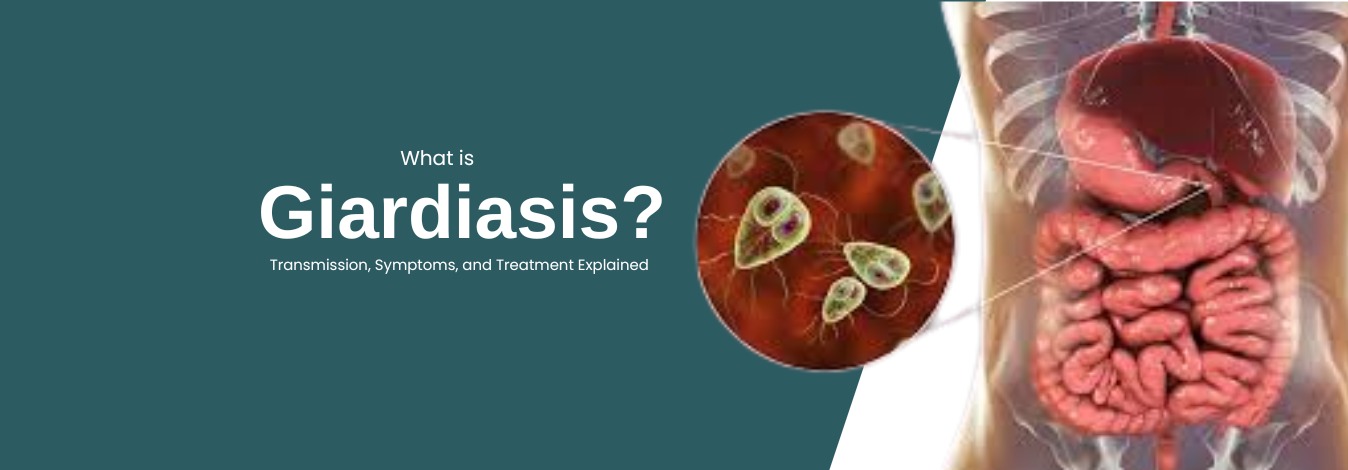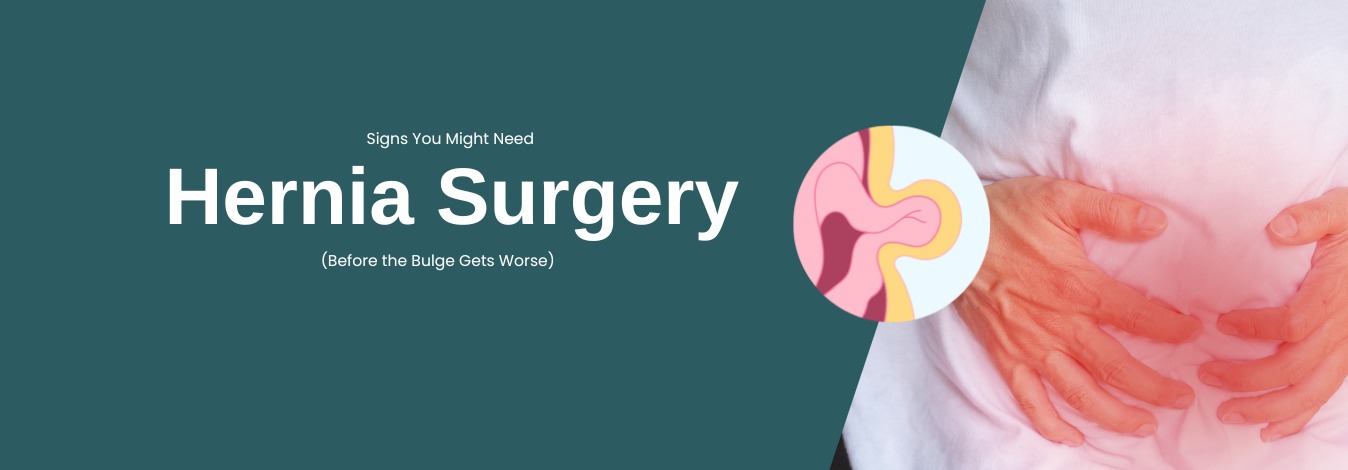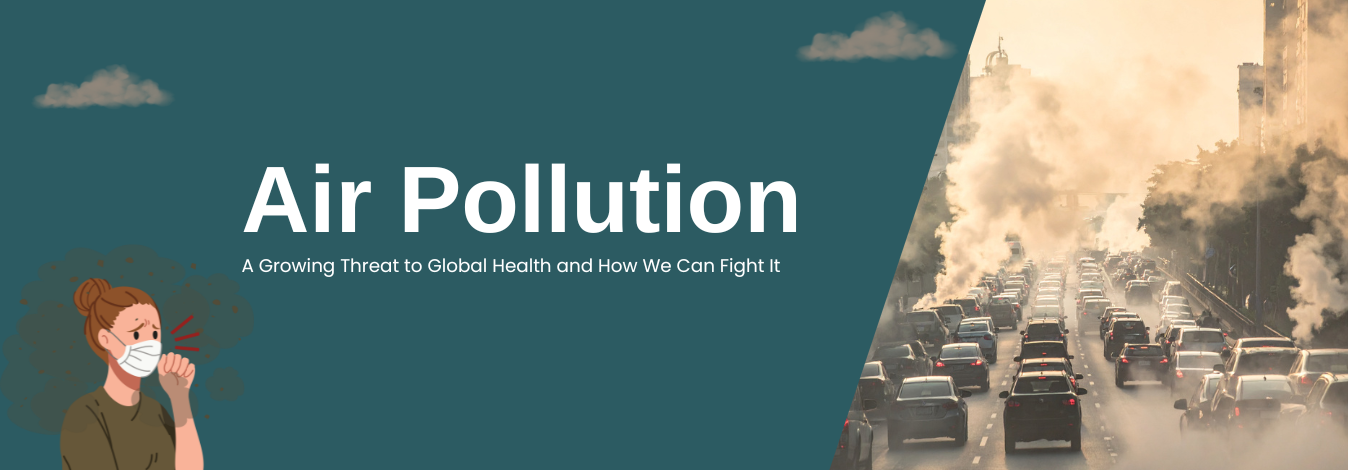Hemorrhoids (piles) are swollen veins in the lowest part of your rectum and anus. These blood vessels are there normally, acting like cushions, helping you control bowel movements. But when there is increased pressure — due to straining, sitting too long, pregnancy, etc. — these veins can become stretched, inflamed, or irritated, and that’s when they become hemorrhoids.
Types of Hemorrhoids
Internal Hemorrhoids
Internal hemorrhoids form inside the rectum, so you usually can’t see or feel them. They rarely hurt because the rectum has fewer pain-sensing nerves. The most common sign is bleeding — bright red blood on toilet paper, or in the toilet bowl after a bowel movement. If internal hemorrhoids grow large, they may prolapse, meaning they push down through the anal opening, and that can cause discomfort, irritation, or even pain.
External Hemorrhoids
External hemorrhoids are under the skin around the anus. Because this area has many more pain-sensitive nerves, external hemorrhoids are more likely to cause pain, especially when sitting, during bowel movements, or when cleaning the area. They may also itch or feel tender, and lumps or swelling may be noticeable. If a blood clot (thrombus) forms in an external hemorrhoid, this is called a thrombosed hemorrhoid — often very painful and sometimes blue/purple in color.
Thrombosed Hemorrhoids
A thrombosed hemorrhoid is a type of external hemorrhoid in which a blood clot has formed inside the dilated blood vessel. This causes sudden, severe pain and swelling. You might see a hard lump near the anus, and the skin might change color (blue, purple, or darker than the surrounding area). The pain is often worse than with “ordinary” external hemorrhoids because of the clot and the pressure it creates.
Prolapsed Hemorrhoids
Prolapsed hemorrhoids start as internal hemorrhoids that swell and then push out through the anal opening. They might retract on their own, or you may need to gently push them back. Depending on how far they protrude, they can be uncomfortable, cause irritation, bleeding, and sometimes more serious complications if the blood supply is cut off. Prolapsed hemorrhoids are often graded (I-IV) based on severity (how far they protrude and whether they can be pushed back).
What Causes Hemorrhoids?
Straining During Bowel Movements
When you try really hard to pass stool — especially if it’s hard or dry — you increase pressure in the veins of your rectum and anus. This strain stretches and weakens the vein walls and the supporting tissues. Over time, these repeated stresses can lead to hemorrhoids.
Chronic Constipation or Diarrhea
Both ends of the spectrum can be harmful. Constipation often leads to straining, while frequent diarrhea causes repeated irritation of the anal area. With diarrhea, the frequent wiping and inflammation can damage delicate tissues, while with constipation, the need to push really hard causes pressure. Repeated episodes of either increase the chance of hemorrhoids forming.
Sitting Too Long on the Toilet / Prolonged Sitting
Spending long periods on the toilet can significantly increase pressure on veins in the lower rectum, especially if you are pushing or sitting awkwardly. Prolonged sitting in general (e.g., desk jobs, sedentary lifestyle) also reduces blood circulation, which allows blood to pool in the veins and contributes to swelling.
Pregnancy and Hormonal Changes
During pregnancy, several things happen that increase risk. The growing uterus puts increasing pressure on the veins in the pelvis and the area around the rectum, slowing blood flow. Also, hormonal changes loosen the vein walls and connective tissue, making swelling more likely. Many women develop hemorrhoids during the third trimester or during childbirth due to strain.
Low-Fiber Diet
Fiber adds bulk and softness to stool, helping it pass more easily and reducing the need to strain. Without enough fiber, stool tends to be harder and drier, increasing constipation and straining. Diets low in fruits, vegetables, and whole grains are commonly linked with hemorrhoid development.
Symptoms of Hemorrhoids
Rectal Bleeding
One of the most visible and concerning symptoms is bright red blood on the toilet paper, in the stool, or dripping into the toilet bowl after a bowel movement. Internal hemorrhoids are the most common cause of painless bleeding. But any rectal bleeding should be evaluated by a doctor, because it can also signify other conditions.
Itching or Irritation
The skin around the anus is sensitive, and inflamed hemorrhoids can cause itching (pruritus). Moisture, sweat, friction from wiping, or irritation from stool can worsen this feeling. External hemorrhoids, especially, often lead to persistent itching.
Pain or Discomfort
Pain isn’t always present, especially with internal hemorrhoids that aren’t prolapsed or thrombosed. But when hemorrhoids are external, prolapsed, thrombosed, or irritated (e.g. during bowel movements or prolonged sitting), pain and burning sensations occur. A thrombosed external hemorrhoid typically causes sudden, sharp pain.
Lumps Around the Anus
You might feel a lump or swelling near the anal region. External hemorrhoids or prolapsed internal ones produce this. The lump could be soft or firm, depending if a clot has formed. In many cases, you may be able to see or feel a small bump.
Struggling with Hemorrhoids? Get Expert Relief at EMC Hospital, Amritsar
Don’t suffer in silence — hemorrhoids are more common than you think, and the right treatment can bring fast, lasting relief.
At EMC Hospital, the best Hospital in Amritsar, our experienced gastroenterologists and colorectal specialists use advanced, patient-friendly methods to treat all types of hemorrhoids — from mild to severe cases.
✅ Accurate Diagnosis
✅ Personalized Treatment Plans
✅ Non-Surgical & Surgical Options Available
✅ Confidential, Compassionate Care
👉 Book your consultation today and take the first step toward a pain-free, comfortable life.
FAQs (Frequently Asked Questions)



